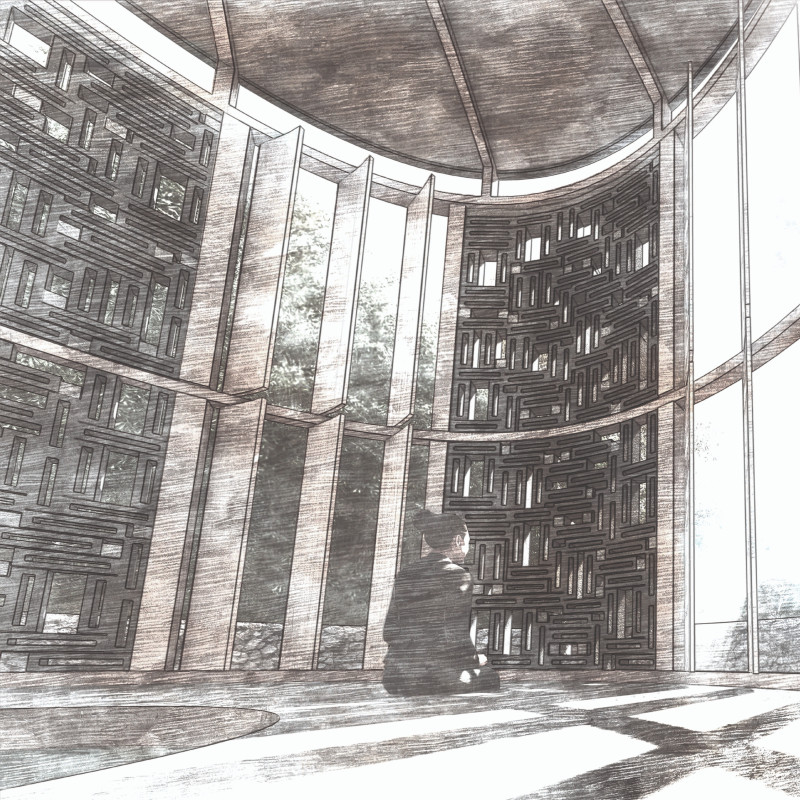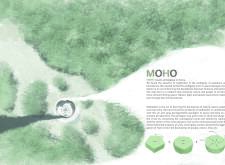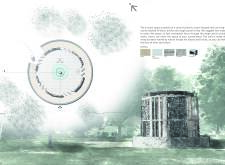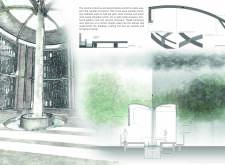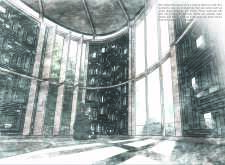5 key facts about this project
The project under analysis exemplifies contemporary architectural design, strategically situated in an urban environment. This structure serves as a multi-purpose facility, integrating residential units, commercial spaces, and community areas. The design aims to foster social interaction while maintaining individual privacy, reflecting current trends in urban living.
The building features a distinctive façade composed of a combination of glass, concrete, and steel, which harmoniously integrates modern aesthetic values with practical functionality. The use of large glass panels allows natural light to penetrate deep into the interior, enhancing the overall user experience. The concrete structure provides durability and a sense of solidity, while the steel elements contribute to the architectural framework, ensuring stability and structural integrity.
Unique Architectural Features
The design's unique character emerges from its modular approach, which allows for flexible spatial configurations. This adaptability enables various uses of the spaces, accommodating changing needs over time. The integration of green terraces and shared outdoor spaces enhances communal living, promoting environmental sustainability and social engagement among residents. Furthermore, strategic placement of openings in the façade facilitates cross-ventilation, reducing reliance on artificial climate control systems.
Sustainability plays a central role in this project. The incorporation of green roofs, rainwater harvesting systems, and energy-efficient lighting further emphasizes the commitment to eco-friendly practices. The choice of materials is intentional, utilizing locally sourced products where feasible, thereby minimizing transportation emissions and supporting regional economies.
Innovative Design Strategies
The project employs innovative design strategies that enhance its functionality and user experience. The inclusion of smart technology within the building systems allows for energy monitoring and automated control, promoting operational efficiency. Additionally, the careful zoning of public and private spaces ensures that residents can enjoy their privacy while still having access to communal areas.
The architectural plans reveal a deliberate focus on maximizing usable space without compromising aesthetic appeal. The creative design of balconies and terraces encourages outdoor living, further blurring the line between indoor and outdoor environments.
For a deeper understanding of the intricacies of this project, including architectural plans, sections, and detailed designs, readers are encouraged to explore the comprehensive project presentation. By examining these elements, one can gain insights into the architectural ideas that form the foundation of this innovative design.


